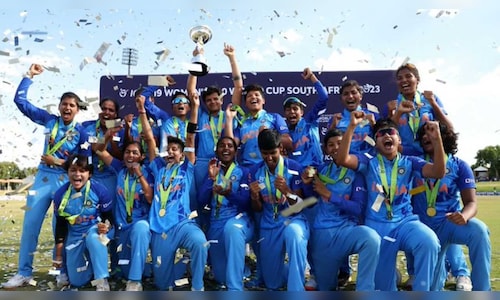Currently, players have their bone age assessed using the TW3 method, with an additional +1 year factored in to define their eligibility for the next season within the same age group.
With the new regulation, for example, an Under-16 boys’ cricketer will now face a second bone test in the upcoming season to reassess his qualifications for that category, potentially allowing him to remain in age-group cricket if found eligible.
“This measure is being taken to ensure an accurate age and guarantee that no player is disadvantaged because of arithmetic calculations rather than scientific assessments,” a BCCI source informed PTI.
The age limit for U-16 boys is set at 16.5 years, while it’s 15 years for U-15 girls. “This indicates that a player’s bone age must be 16.4 or lower in the subsequent season for male cricketers, and 14.9 or lower for females to participate,” the source explained.
To further clarify the rule change, if a male U-16 player gets a bone test in the 2025-26 season and the result reveals a bone age of 15.4 years, he won’t be required to take another bone test the following season. Instead, a +1 factor is automatically added to their bone age.
In this scenario, the player’s bone age for the 2026-27 season would be arithmetically calculated as 16.4 years, irrespective of actual bone growth, allowing him to compete in the U-16 tournament with a bone age of 16.4.
Conversely, if a player’s bone age is found to be 15.5 years or more, the bone age automatically escalates to 16.5 years or above, rendering him ineligible for the U-16 tournament, since 16.4 is the final cutoff.
“It’s possible that this arithmetic calculation does not truly reflect a player’s actual age, which might result in them losing a year of eligibility,” the source added.
For U-15 girls, if a player tests at 13.9 years this season, she will be eligible to play in the same category the following season with a bone age of 14.9.
However, if she tests at 14 or higher this season, she can participate this season but will not be eligible next season, with the cutoff being 14.9.
(With PTI inputs)



